Mobbed by Birds (Keoladeo National Park, Rajasthan)
Keoladeo National Park, often called the Bharatpur Bird Sanctuary or Ghana Bird Sanctuary, is a beautiful place to find migratory birds in India during the winters. Now a World Heritage Site, it was once the hunting grounds for the King of Bharatpur and there are records of hundreds of thousands of ducks being shot here daily. It was in 1972 that hunting was finally stopped, and the Park became a beautiful place for avian migrants. Besides, these birds, what makes the park a beautiful place is the atmosphere: its probably one of the few national parks in India where you can roam around un-monitored, all by yourself. With no stress about hiring safari vehicles or guides, imagine finding a black bittern when you are just doing your morning walk. Even if you dont see a black bittern there will be many times in a day when you will feel mobbed by thousands of water birds.
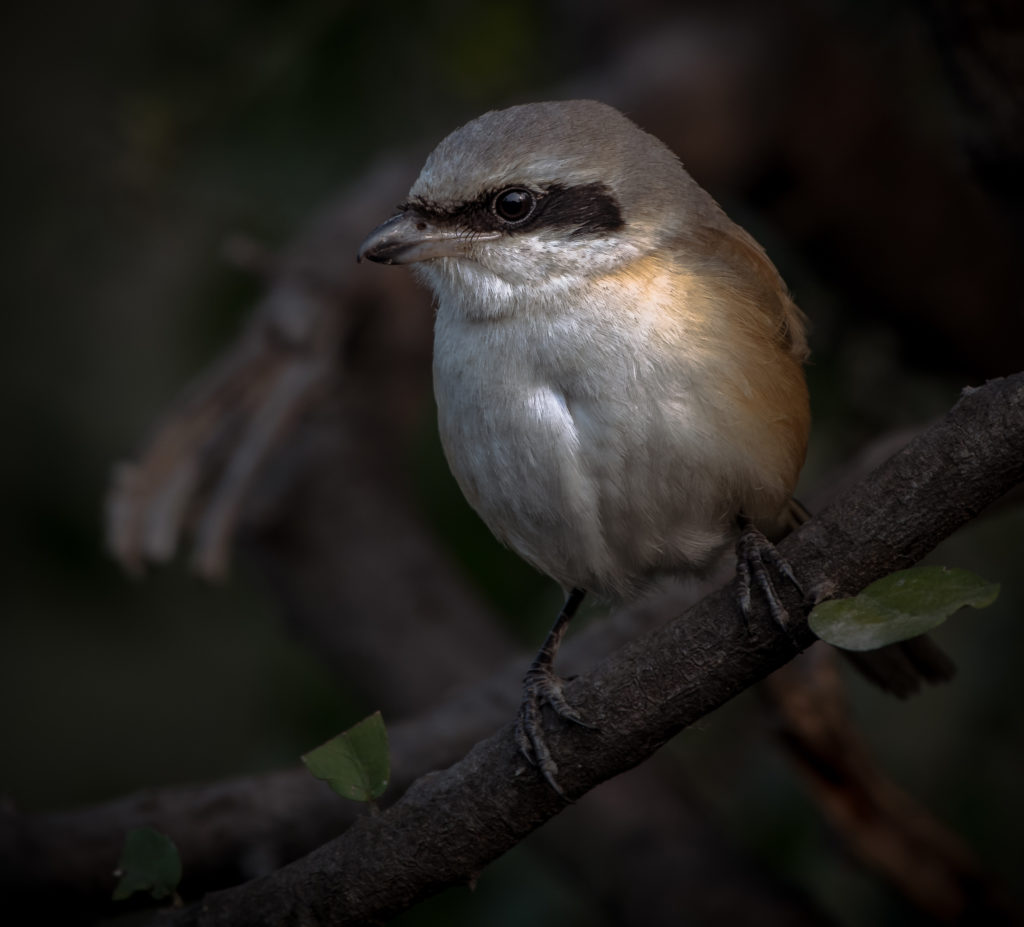
Why you should visit: Unlike others, we would not say that Keoladeo is the best place for birding in India. For birds exclusively you should rather visit the Northeast including places like Mishmi Hills, EWS, or other Himalayan retreats such as Chopta or Sandakphu. The park, however, is definitely one of the best places to introduce people to birding: safe, secure, and friendly. It is also one of the best places to practice photography, and especially wildlife photography. Like we mentioned, the freedom to explore the park without any binding constraints or supervision is one of the best perks. Moreover, if you take a guide, you get to know different parts of the park better, which you can then explore on your own on following days, often finding a plethora of lesser seen birds from Keoladeo. We would also like to stress on the fact that it is easily accessible and cheap.
Best time to visit: The winters, especially, November to February are undoubtedly the best months to visit Bharatpur. However, in December and January, the mornings can be foggy which is both good and bad for photography. We personally favor February.
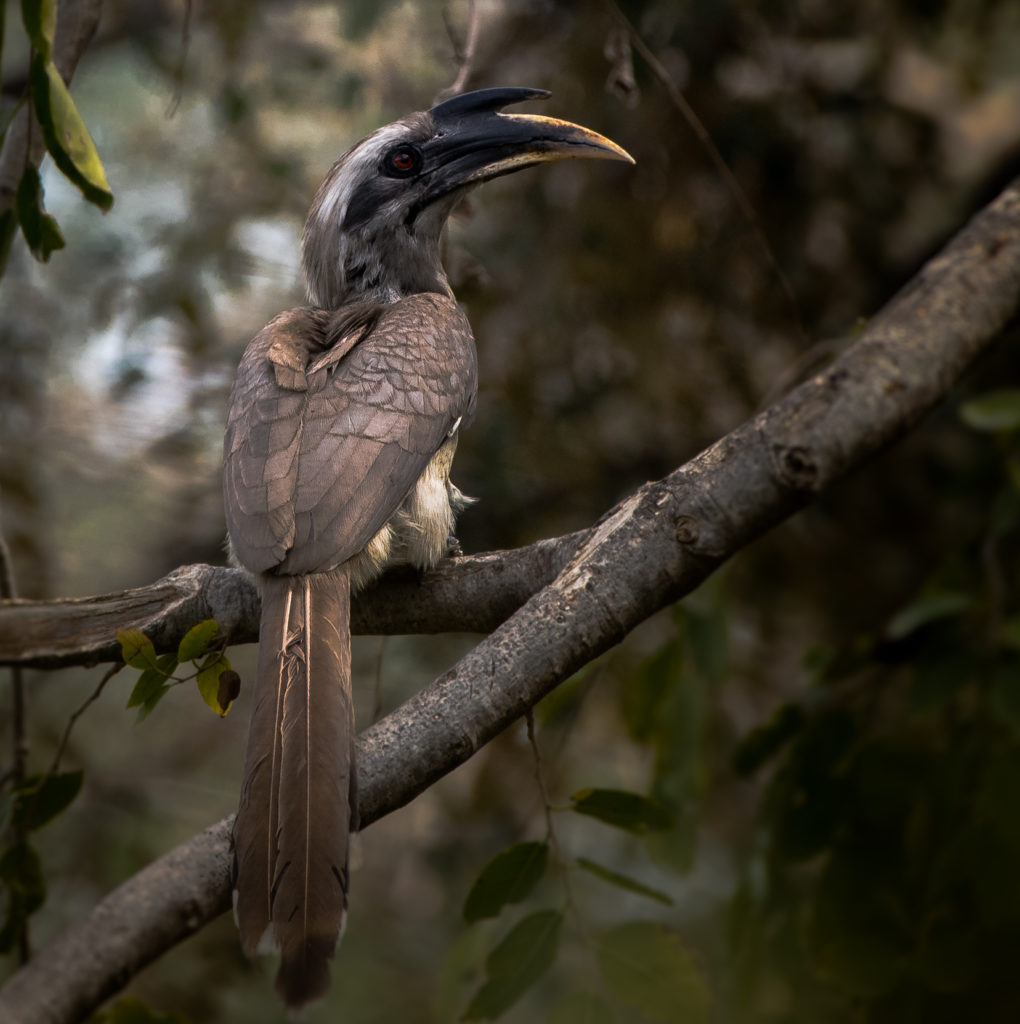
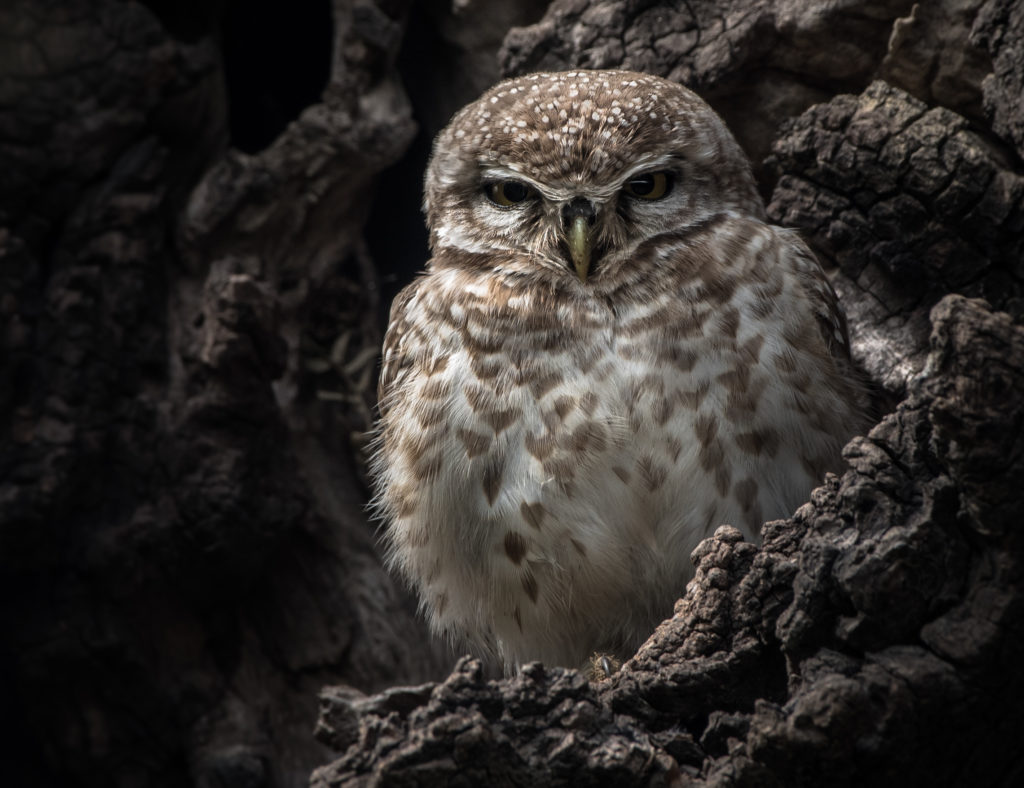
Accessible From: A very comforting thing about Bharatpur and Keoladeo is that unlike other Himalayan Birding Escapades, you can get there in a jiffy from major cities. It takes 4 hours from Delhi, and one hour from Agra or Mathura by road. There are several trains that take you right to these three places and a few that take you all the way to Bharatpur junction, from where the park is just 5 kms away.
Where to stay: There are multiple stay options just outside the mark on both sides of the highway, but instead of a fancy hotel, we recommend staying with some of the older guest houses in Bharatpur. They are mostly established in the homes of people who are originally from Bharatpur and you might get to learn a lot about the history and some interesting trivia points. I stayed in a non air-conditioned room at a place called the Jungle Lodge and I was extremely satisfied. At peak season, I stayed at Rs 500 (US$ 7.21) per day, and I wouldn’t spend more than Rs 400 (US$ 5.77) a day. The restaurants near the park are terrible and I preferred eating at my guest house. I would suggest you to do the same.
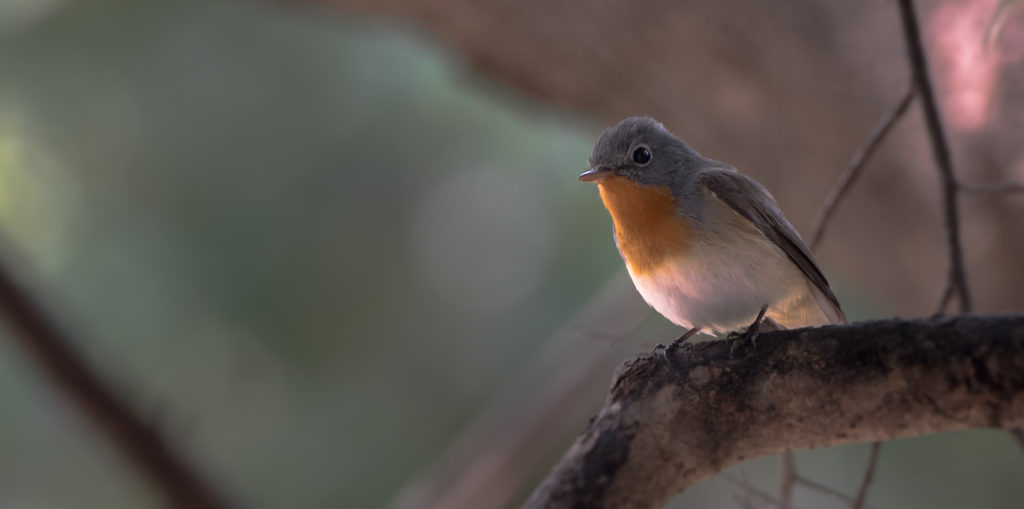

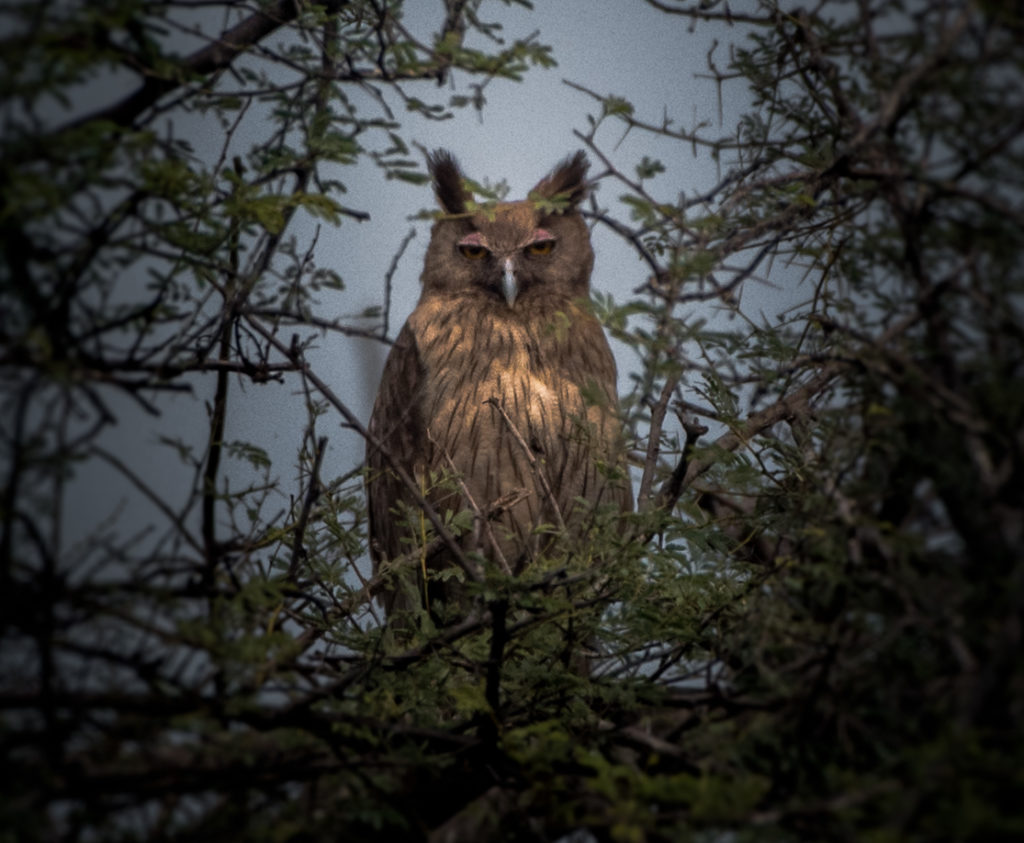
What can you expect to see: There are several checklists of the over 350 bird species that you can find in Bharatpur in the winters, however, here, I would call out on a few species that you would almost surely see and also get cracking photographs of. The list includes: the white eared bulbul, ashy and plain prinia, bhraminy starlings, yellow eyed and jungle babbler, rose ringed parakeets, yellow shouldered petronia, coppersmith barbets, eurasian wryneck, Tickell’s thrush, white-throated and pied kingfishers, five to six varieties of herons, the sarus crane, crested serpent and spotted eagles, marsh harriers, the bluethroat, oriental darter, common coots, spot billed ducks, cotton pygmy geese, garganeys, spotted owlets, dusky eagle owl, great Indian and dalmatian pelicans. Besides, these birds, in case you are lucky or have a good guide, you may get the Indian Thicknee, some bitterns (including the royal black bitter), crested and many other buntings, and even the Siberian ruby throat. In addition, the park is a beautiful place for sure shot sightings of Golden Jackals, the Indian Rock Python, and Spotted Deer.
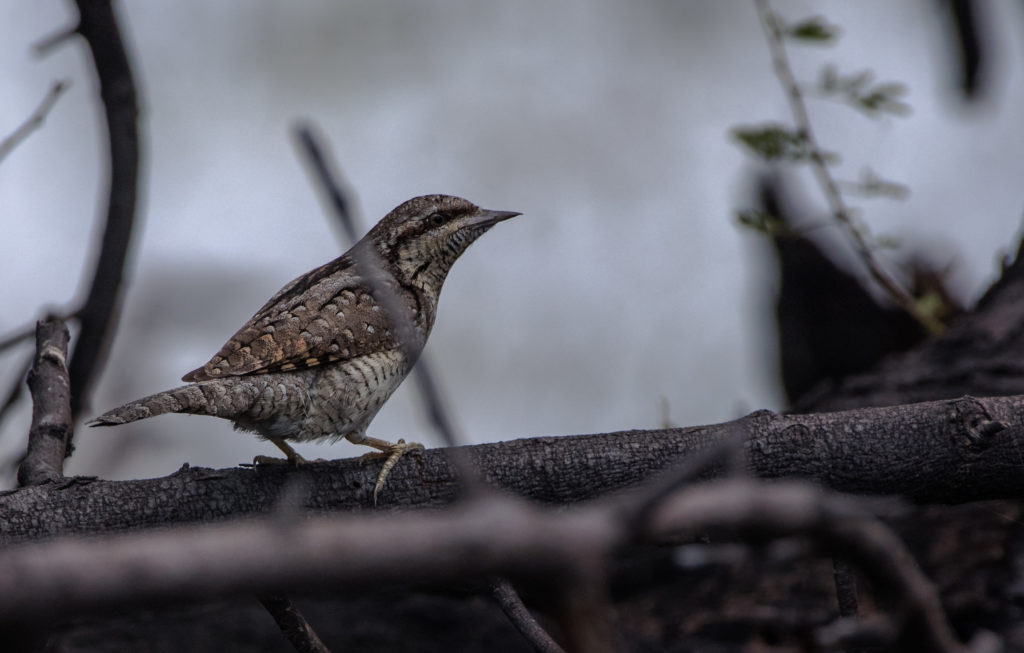
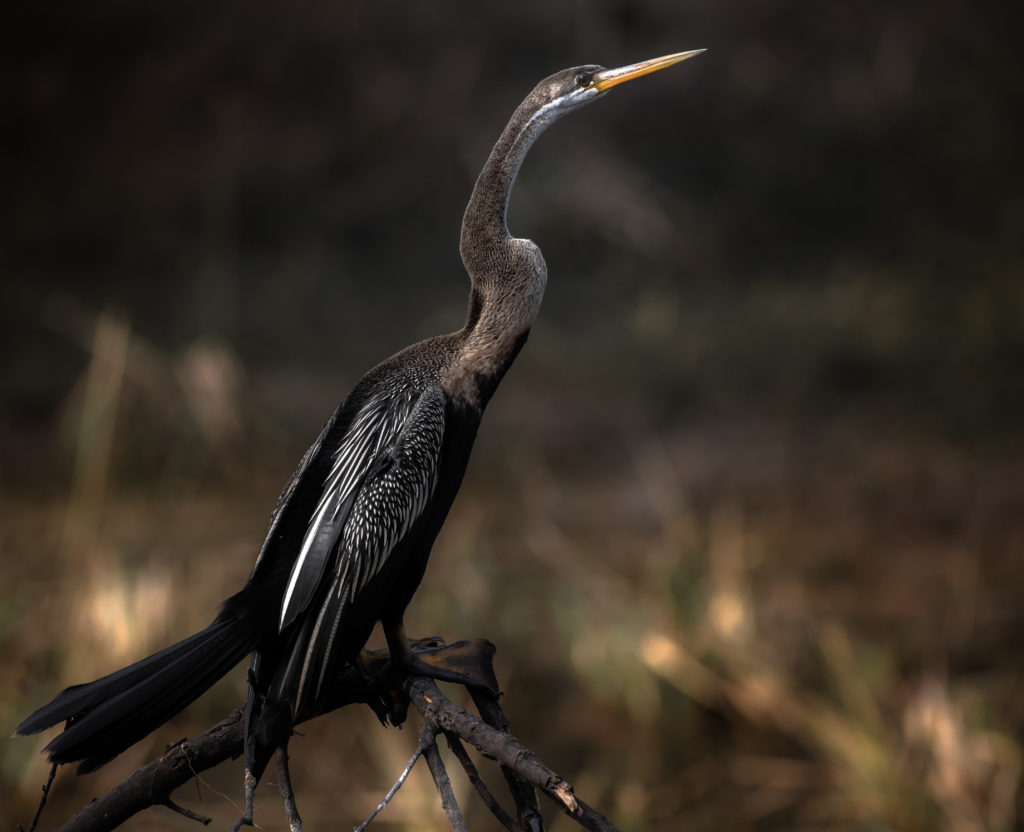
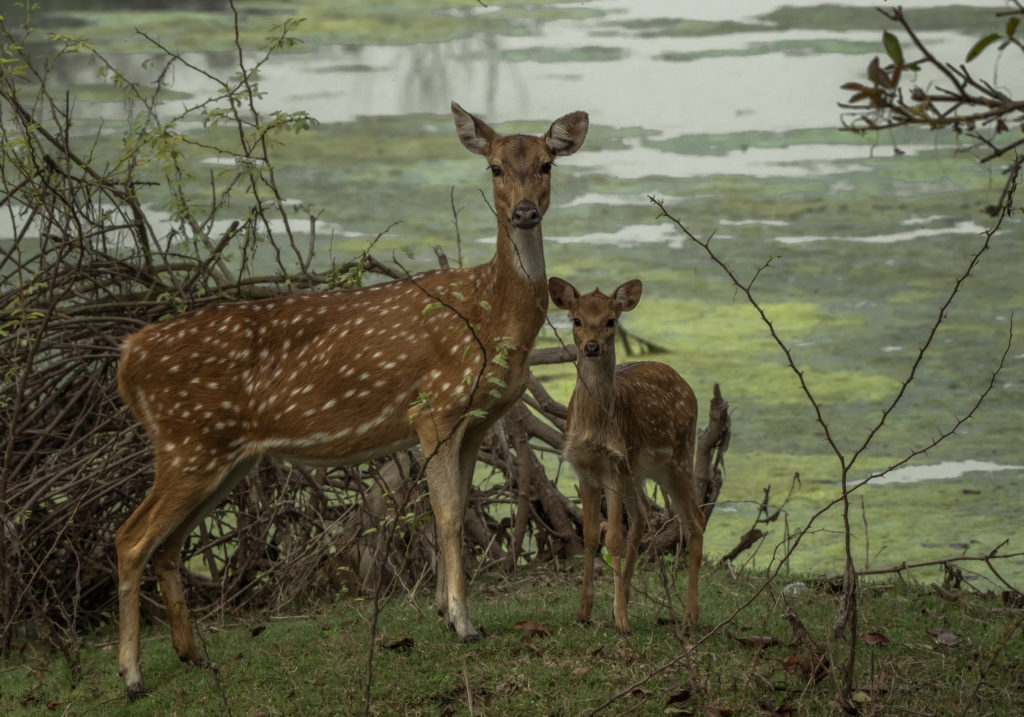
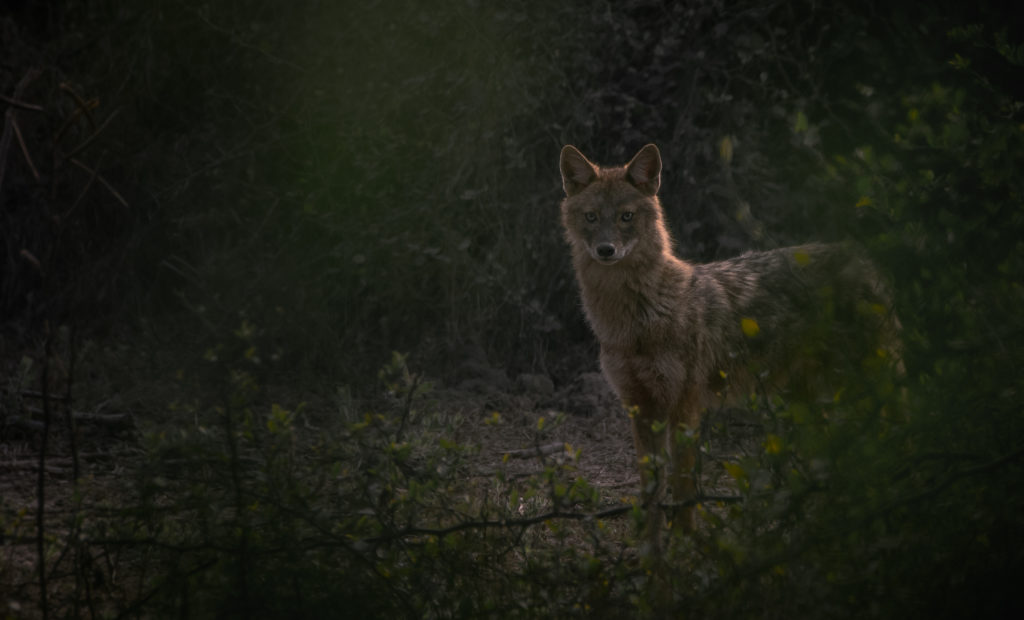
Some other tips: Here ill focus on a few things that can make your trip at the park a little better:
- Get a guide for at least a day. This will help you know the park better and you will be able to explore by yourself later. Ask him a lot of questions so that when you are on your own, you can know where to find what.
- You will read in a lot of places that rickshaw walas act as guides, but things have changed. There are some people who are top-notch guides and even if its a little more expensive try and take their service.
- Cycling is probably the best way to explore the park. However, if you dont want the liability, we would suggest walking. Walking definitely allows you to go off-trail.
- Normally, tripods (I think) are not compulsory for birding. In Keoladeo, since some water birds are extremely stable, you can get cracking shots on tripods at extremely low shutter speeds. Carry one if you can.
- Although you can go unmonitored in the park, there are chances of getting lost. I was lost multiple times and to be honest it can be a little worrisome. Always keep a good track of where you left the way and how you got where you currently are.
- There are a lot of no-entries in the park. Go in, for some exclusive finds.
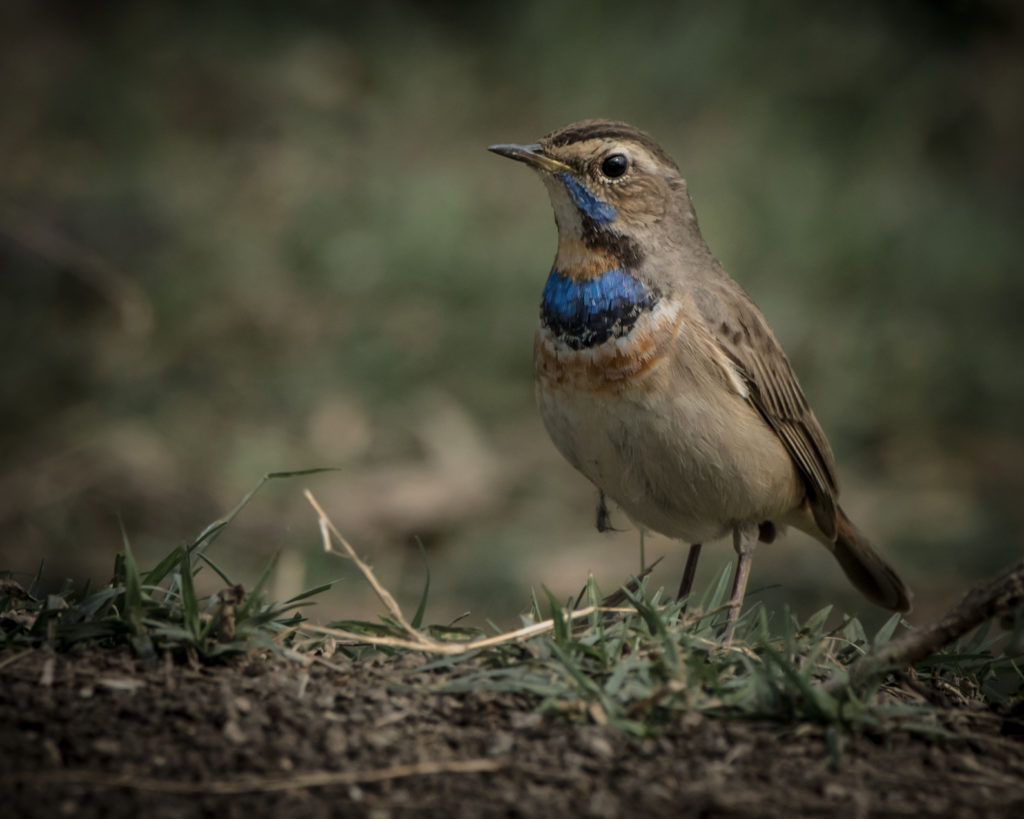
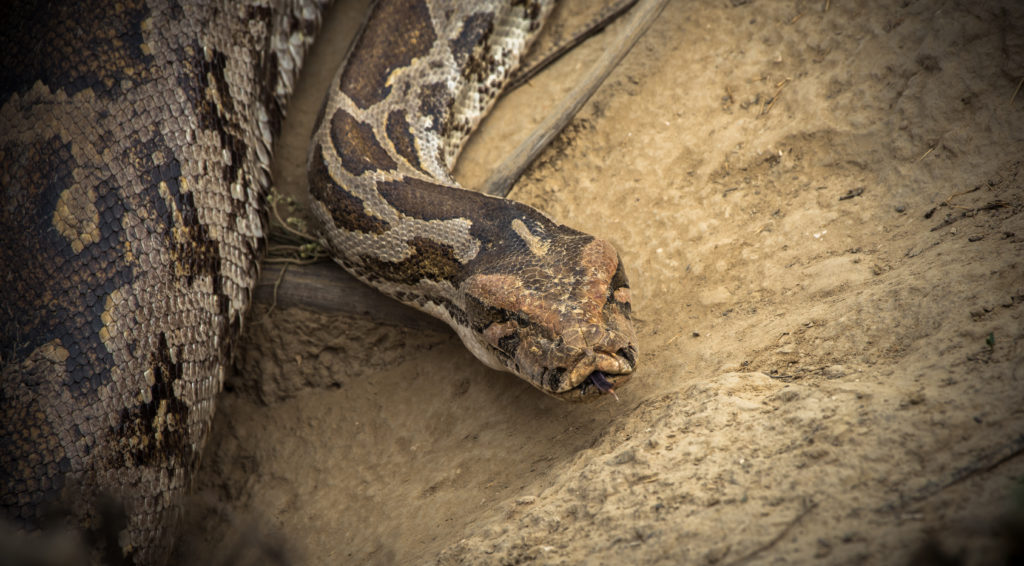
For more photographs and tips for the park check us out on Instagram.

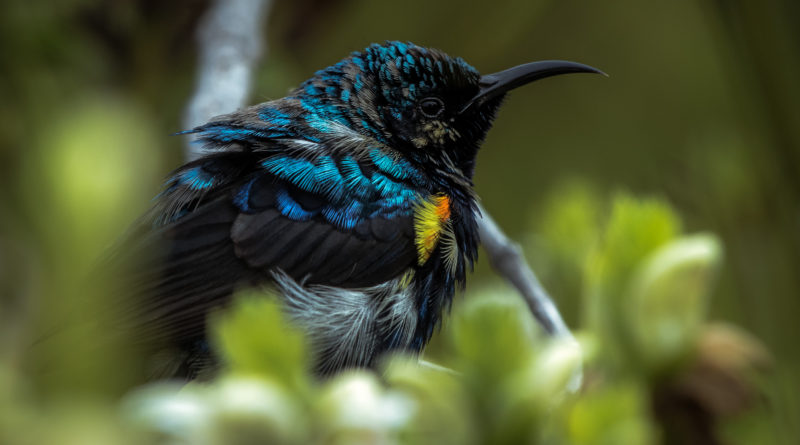
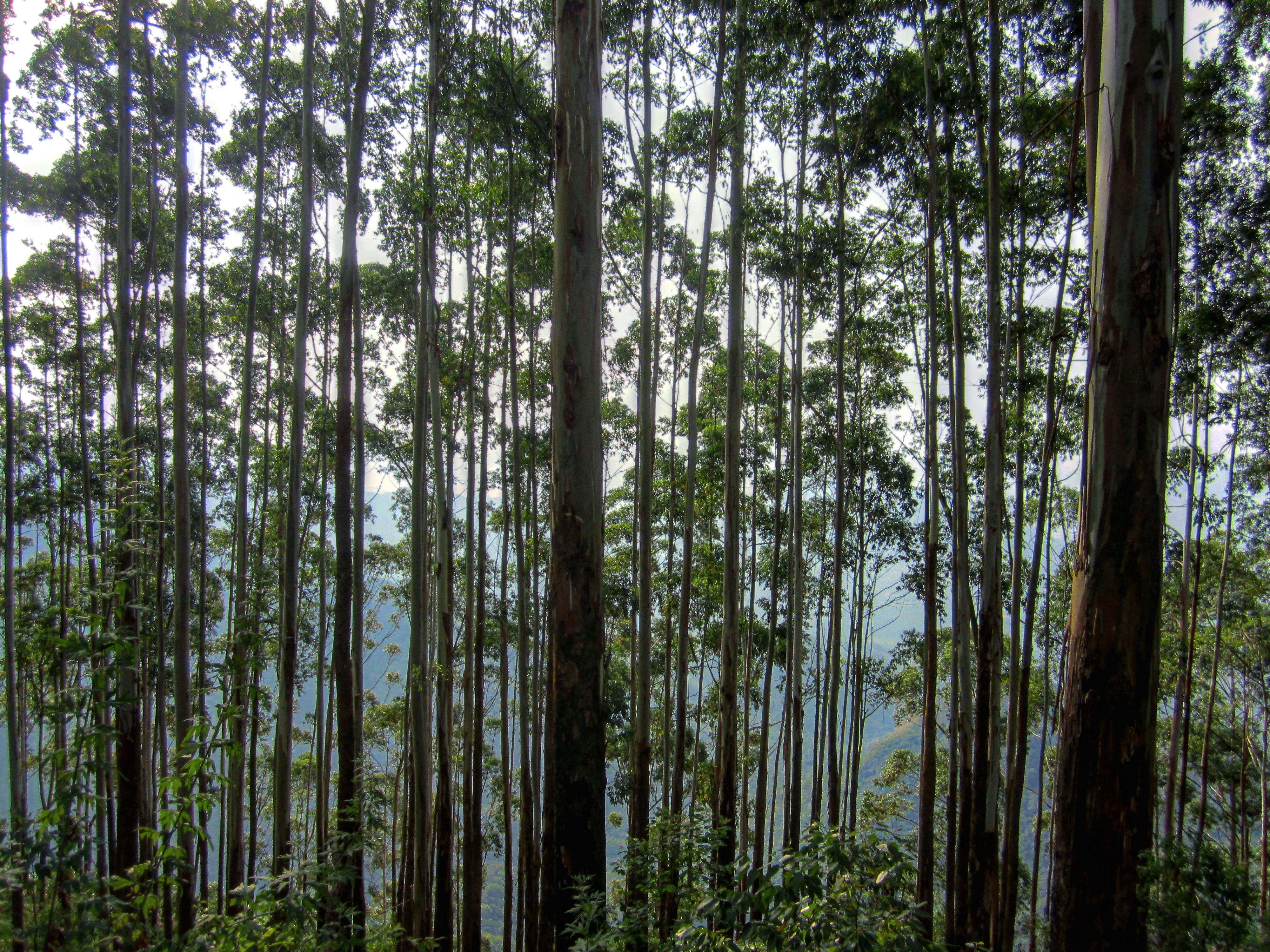
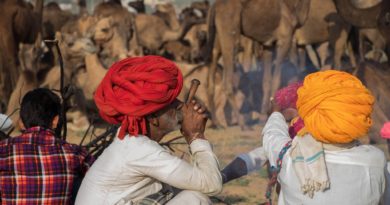
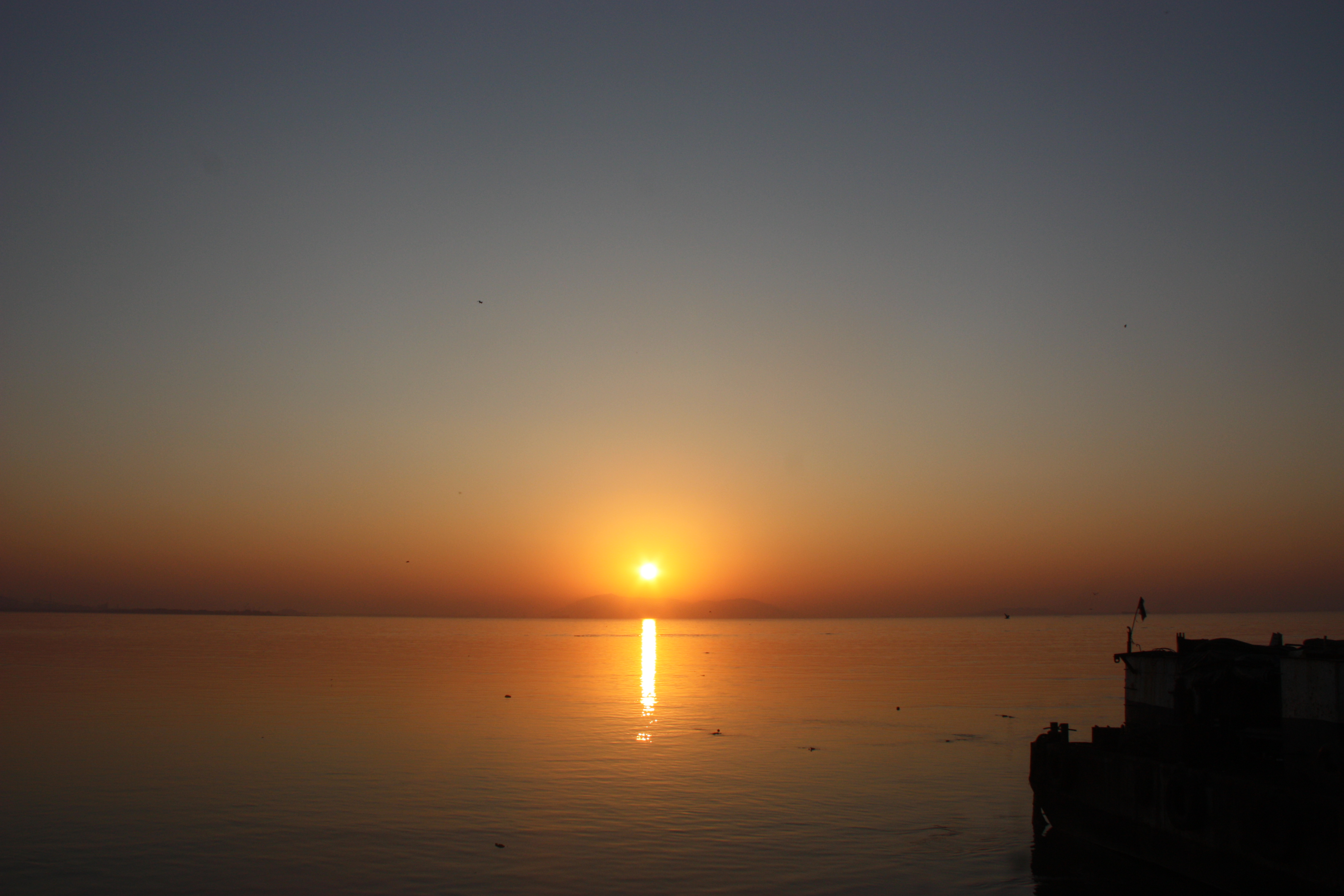
Comments are closed.